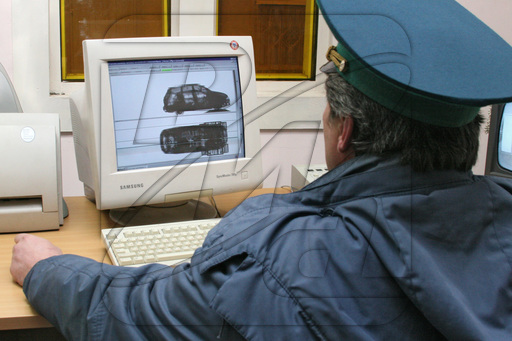Walking in France. Brittany. PART 1
We will make another stop in the town Treguier (Treguier) . This is worth come to see a masterpiece of religious architecture - saint-Tugdual Cathedral , one of the most beautiful cult facilities of Brittany.
Pink Granite Coast (Coast of Rose Granite) - One of the most romantic places is not only in the province of Brittany, but in the whole of Northern France, a real natural phenomenon.
Nearest settlement to him - village Plumanak (Ploumanac "H) Where tourists are a variety of souvenir shops and restaurants, close to the village - Magnificent Sandy Beach. But they come here first of all in order to admire the stunning beauty of nearby rocks. From the village along the coast goes the so-called "trail of the customs officer." Literally, each point of this trail opens a magnificent view of the rinse-gurent approximately 5 km away and on a fantastically beautiful coastline, forming coves in protruding in the ocean, - the shore of pink granite.
This coast is a jet of rocks from pink granite, while each stone here in his own way. Some stones even received their own names, for example: "Turtle" or "Napoleon's Triangle". And indeed, you don't have to have a too rich imagination so that in granite blocks guess the animal figures or familiar items.
And over all of this granite kingdom, the lighthouse is minted, carefully restored after the war.
Especially beautiful here at sunset when the stones made of pink become almost red, and the ocean water is absolutely blue. Fantastic picture of its beauty does not leave anyone indifferent.
Next Stop our Travel - Morlaix.
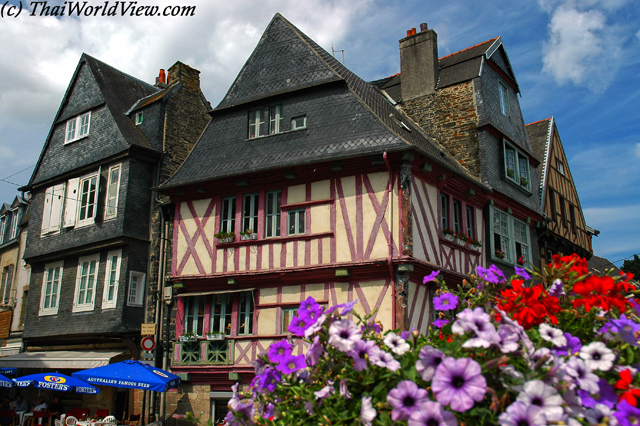

In this town there is a wonderful ancient aqueduct .
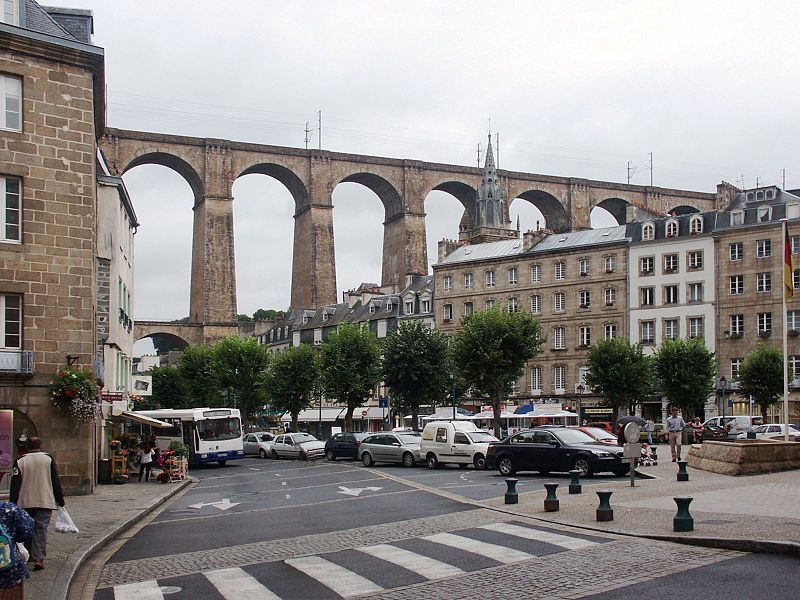

One of the local attractions are city Sanctures of the XVI-XVII centuries referred to french enclos Paroissiaux. . This is a special complex of buildings consisting of a cemetery, baptisteria, baptismal and kalwera with the image of the scenes of passion and the crucifixions of Christ, as well as the walls that separates the sanctuary from the city. Usually it is not far from the city church.
The most beautiful shrines of Brittany can be seen near the Morla on the coast in Roskoff and Cerma (Quimper). We will go there.
Initially Roscoff) was a small fishing village. To the end of the XVIII century. The granularity was the second largest port that takes chatter ferries from the UK islands, I basically, part of the population was the peasants, digestively combining their activities with fishing and marine transportation. Many tourists from Great Britain begin their trip to Brittany from this ancient city. The fact is that in the port of Soboff, one of the companies engaged in the organization of ferry tours between France and England is located. Relief is one of the most important trading ports, thanks to which trading between mainland Europe and England is being carried out.
The luxury is famous not only for an unusually mild climate and delicious sandy beaches, but also a variety of local architecture. This is a city with a rich historical past. It was here in 1899 was founded first wellness center, Offering treatment courses with sea water. The newest technologies have always been used in the wellness center of the lord.
Despite the fact that the town is small, there are several attractions to see: aquarium, Fish farm, as well as gothic Cathedral of Our Lady in Croa Bach (Kroas Batz) , the construction of which is dating from the XVI century. The attraction of the city is also residential houses of Sydostrolators XV-XVII centuries .
From the lobility you can make a trip to bach Island (Batz) Located near the city of Luxury. The size of the island does not get accepted - 3.5 km in length and 1.5 km in width. Island ideal for pedestrian walks.
Next, we go to the camper, and on the road we will examine a small medieval town Locronan "There are many shops on the old square in the center of the city, where you can see the works of local artisans from the selected skin, the cabinetries, full of local flavor - a wonderful souvenir from Brittany.
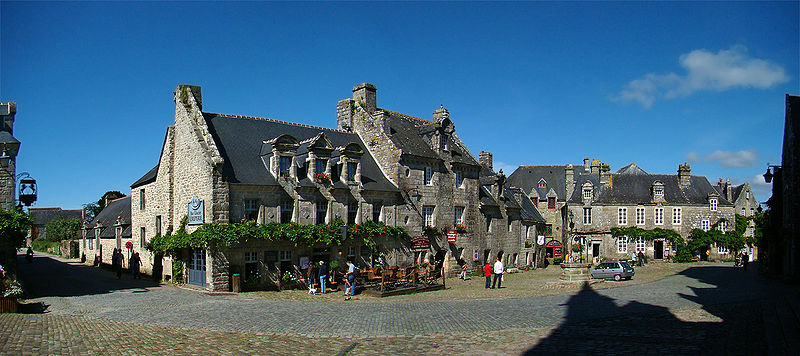

Located 20 minutes from Cherry, Lokronan received the title of city in 1505 from Anna Breton, which visited here during pilgrimage. The name of the city means "Skit of St. Ronana", in honor of the Irish monk, which, according to legend, drew into the Christianity of local residents in the V century. In honor of Ronana, the main temple of the city is named, Saint-Ronan. Lockeronana flourishing, which began in the XV century, was associated with the weaving skill of citizens. The fabrics of their cannabis, which produced local manufactory, were in demand not only in Brittany and France, but even in other countries! It was during this period that Lokronan emerged in the form in which it can be seen now.

Camper - cornish festivals. That's where you can see all the costumes and all the dances of the Cornished region! The nail of the program is the local beauty contest.
A special jury chooses the most beautiful girl in the most beautiful cape - the Queen of the Holiday. Yes, and the residents of the Ceper and its surroundings do not miss the chance to visit this festival. Most comes in ordinary clothes (many simply do not have real Breton costumes), but those who are not averse to supporting the tradition, dress up as their grandparents dressed before the war.
Gothic is located in the city cathedral of St. Corentane (Saint-Corentin) With magnificent stained glass shoes XV. and an unusual arrangement of choirs, built in the XIII century.
The Cathedral of St. Courten - the oldest building in the Gothic style in the region, the construction of which began in 1240. In 1856, two spiers were added to the facade, between which the statue of the Greadlon king, the mythical founder of the sunken city of IP. After the flood, he chose a camper as a new capital and St. Kangen as a spiritual conductor.
Interesting gate
leading to the patio, and in the cathedral itself the most interest was caused by numerous stained glass windows, including two of them the work of the Gaugaen field, which for 8 years lived and worked in Brittany.
Near the Cathedral of St. Courten preserved part of the fortress wall And around it is wooden houses of the XVII century. From the square begins former main street with the oldest in Cepers with wooden floach houses.
The camper is famous for the production of ceramics, which began at the end of the XVII century and is one of the main industries of this region today. To visit open museum of traditional faience and ceramic factory.
Museum of Fine Arts (Musee des Beaux-Arts)
in Keper, includes more than 150 paintings in its exposition, local art samples of the XIX-XX centuries. Mostly on the canvases reflected a people's daily life. The museum was founded in 1864 after the will of the Graph Jean-Marie South, most of his paintings and drawings moved away the city. The only requirement of the generous donor was that the museum was built capable of placing this collection. The museum building was built in 1872 by architect Joseph Khanzhe and the museum was opened. After the first reconstruction in 1976, the museum's collection was expanded, new exhibition halls were added.
Cannot visit locmaria Quarter and Lanniron Castle , once the former residence of clemente bishops. In addition, it is worth visiting Musee De La Crepe and Musee Oceanographique D'Odet .
The neighborhood of the city is rich in medieval castles and manors.
Guilguiffin Castle (Chateau de Guilguiffin)
Located in the southern part of the Forechener, a few kilometers from Cerpec. This luxury castle, surrounded by a huge park, refers to the category of historical monuments of the 18th century. You enjoy walking in the park, open a lot of interesting things for yourself. Once in the walls of the castle, you will feel calm; You will be charm a completely special atmosphere of tradition, reigning in this castle, which is located in the heart of the family estate of the XVIII century.

In Pon L "Abbe is located biguden Museum (Bidouden) In the castle of the 14th century with the richest collection of local folk clothes, as well as models of traditional Breton fishing ships. Address: donjon du chateau 29120 Pont - L "abbe.
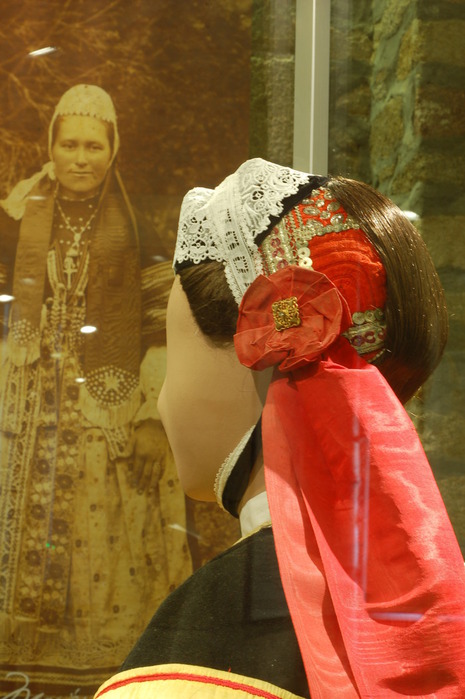
We go further along the coast and get into Concarneau) , surrounded by the old granite walls of urban fortifications. On Fridays on the coast, traditional trade in fish and local delicacies are held, against the background of swinging brightly painted small and large ships. It's best to come here after noon, when trading is a little embarrassed, and the crowds of tourists have already hit - you will feel the charm of this little coastal city, you can take a picture in the "frame" of the traditional Breton costume, drink a glass of wine in a coastal restaurant.

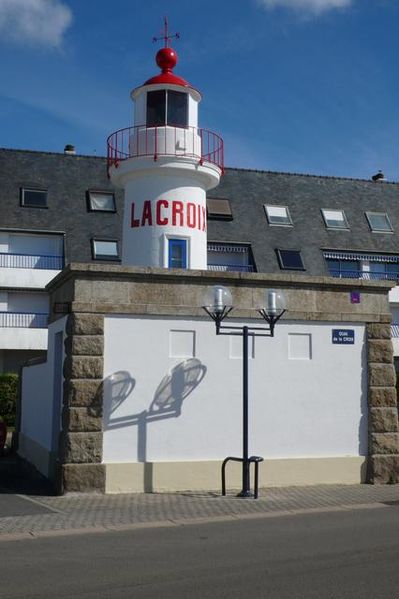
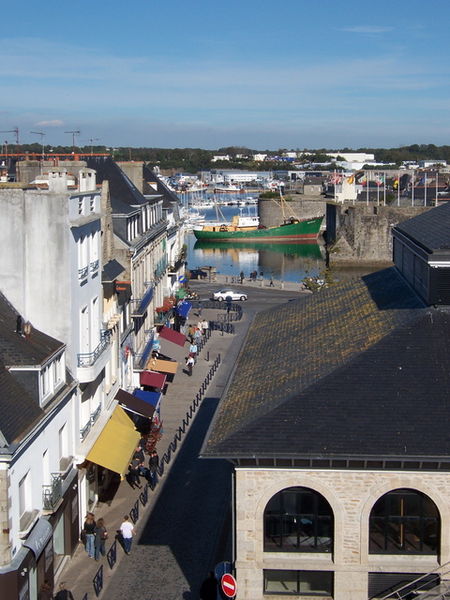
Concarno consists of a modern port city on the shore of the sea bay and the old town of Ville-Claz on an extended island in the center of the harbor associated with the land bridge. All major restaurants, souvenir shops and a fishing museum are concentrated in the old town.
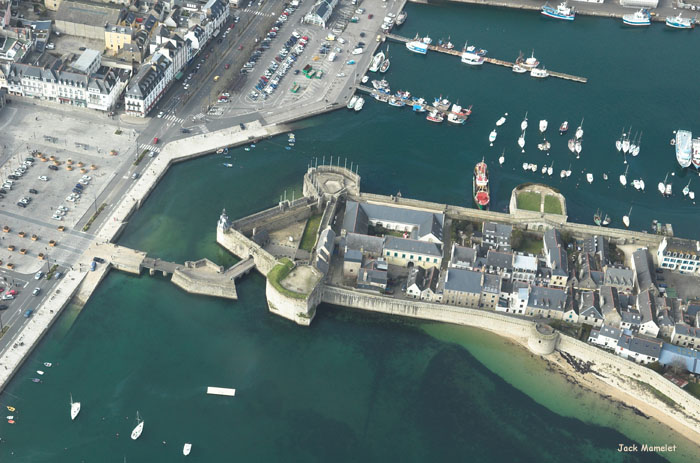
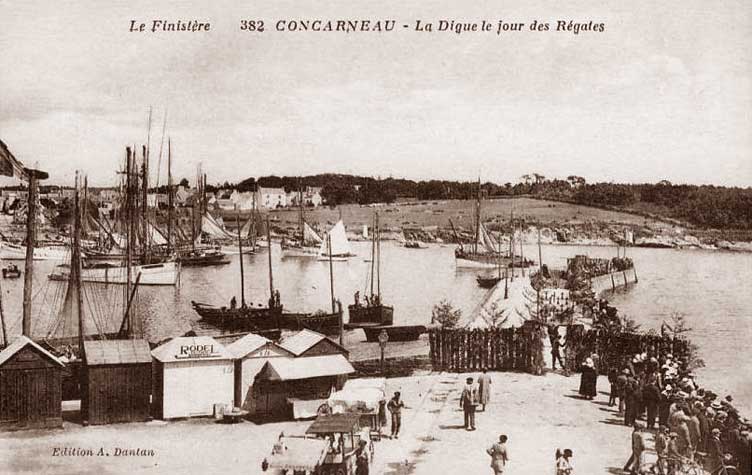
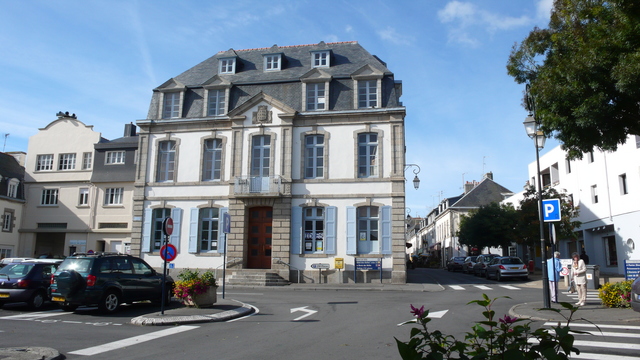
Every year in the city since 1905 passes costume Blue Network Festival (Fr. FETE DES Filets Bleus) devoted to the traditional Breton fishing culture.
One of the most amazing attractions of Brittany is mengira (Prehistoric structures from large stone blocks) in the settlement Carnac (Carnac ), which are about 3000. The name of Karnak comes from the Breton "Karna", literally "stones".
Their appearance refers to 6-3 millennia BC. E., Therefore, very little is known about their meaning. Conditionally called "carnak stones." This is the world's largest accumulation of megalithic structures. They are erected by the pre-peoples of Brittany.

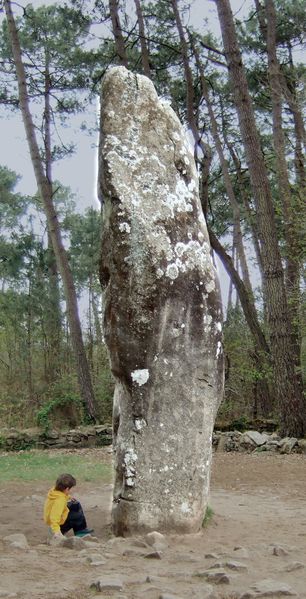
The megalith complex consists of several alleys:
- Le Menec (Les Alignements du menec)
- 11 converging series of mengirov stretched out at a distance of 1165 meters, the width of the composition is 100 meters.
- Alleya Mengirov Kermario (L'Alignement De Kermario et Le Manio) - consists of 1029 stones built in 10 rows about 1,300 meters long.
- Alley Mengirov Kerlescan - consists of 13 rows of a total length of about 800 meters, on the west, a stone ring of 39 stones is located.
There are also several earth kurgans Based over burials. Kurgan usually has a passage leading to the central chamber, in which the ancient valuable items were once kept.
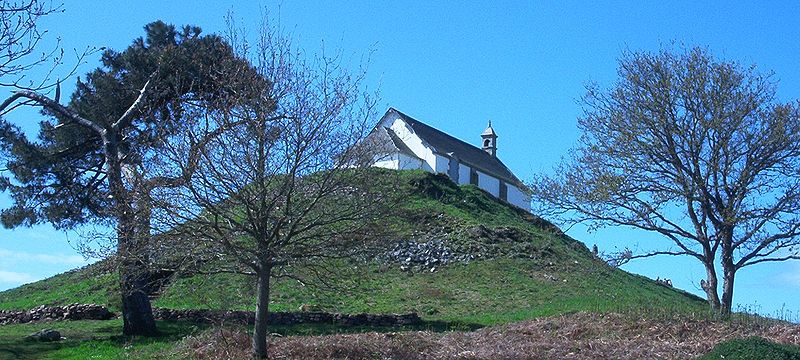
In the vicinity there is a number dolmen.
- Ancient folded from large stones or stone slabs man-made structures of a particular shape. They are considered to be ancient graves, and the lack of traces of bones in them to explain the destructive effect of Brittany's acid soil. Dolmen are built of several large stones supporting one or more upper stones, often elongated and / or flat.
A little further on the coast is located Vannes . This is a small town on the shore of the Bay of Morbian, whose history has 2000 years. This is a city of rich traditions. Baths are included in the number of cities recognized by the Ministry of Culture "Cities of Arts and History". The city regularly organize medieval holidays, light-musical performances and provide special lighting of architectural monuments, and also conduct traditional festivals of Breton culture or creative contests.
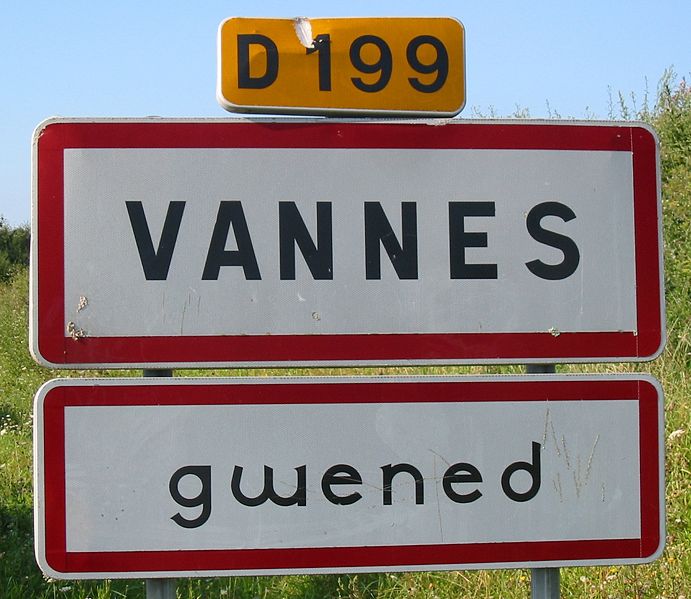
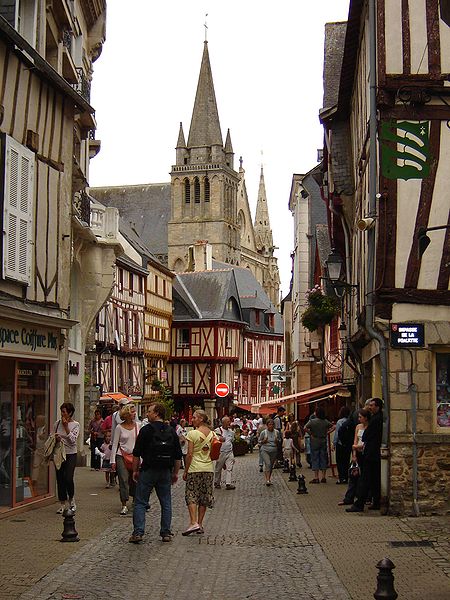
Inspection can be started from the port, from the majestic gates of Saint-Vinsen (Porte Saint-Vincent) along the urban wall to the prison gate (Porte Prison). This is a real walk through the century. The entire history of military architecture will unfold in front of you: from sites that have survived from the Gallo-Romanesque era, to the inbound towers of the XIV-XV centuries. At the foot of the powerful walls, on the site of the former fruit gardens, a classic French park is divided along the marla river.
The city's property has survived the buildings of the Facroknaya Building of the XV-XVI centuries. One of them - on the corner of the street (Rue NOE) - decorated with cute stone sculpture "Lieutenant Van with his woman" - Symbol of the city. The origin of sculptures is not known, perhaps it was a commercial sign for the Kabak.

Like most of the ancient cities, the "Old Town" is protected by the fortress walls. Until now, serfs are preserved with a beautiful view of the city. The center of the "Old Town" is a cathedral built in the XIII century.
Punning a plurality of attractions of the Old Town is a special place. old Laundry (Lavoir) At the fortress RVA. The house-laundry of the XVII century with steps that goes to the river is one of the oldest preserved buildings in Brittany. Building is not to what extent falls out of the city ensemble, but on the contrary, it emphasizes its medieval features.
Another attraction of the "Old Town" is archaeological Museum of Morbiana (Musee de la Prehistoire) . Here are the exhibits of the times of early settlements in the territory of Brittany, as well as archaeological finds of the era of Megalith, found in the territory of Karnak. Museum is aspiya B. castle Gaihar (Gaillard) XV century Chateau Gaihar was built on the order of Jean Maletrot, Bishop Nanta, and later the Duke and the 5th Chancellor (1408-1442).
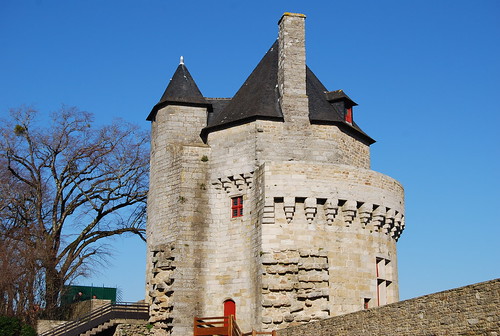
Cathedral St. Peterre (Cathedrale Saint-Pierre) - One of the most significant sights of the city. The oldest fragments of the foundation of the temple refer to the XII century, but the main part of the construction is an example of a flaming Gothic (XVI century). The inner decoration of the cathedral, the central oil and ten side chapels are quite typical.
The Round Chapel-Rotonda in the Renaissance style dedicated to the Holy Damas is particularly presented. Walls are hidden by a magnificent tapestry of 1615 with the image of the Saint Life.

It will be very interesting to visit Palace of automata (Palais des Automates). This amazing museum will present you many constantly moving dolls. You yourself will be able to revive the character you like. The museum has an exhibition area in 600 m2 on which several hundred different automata and structures are located. Address: Allee Loec Caradec 56000 Vannes.
In the vicinity of the bath there is a variety of castles and natural reserves, where you can spend your time in a relaxed atmosphere.



